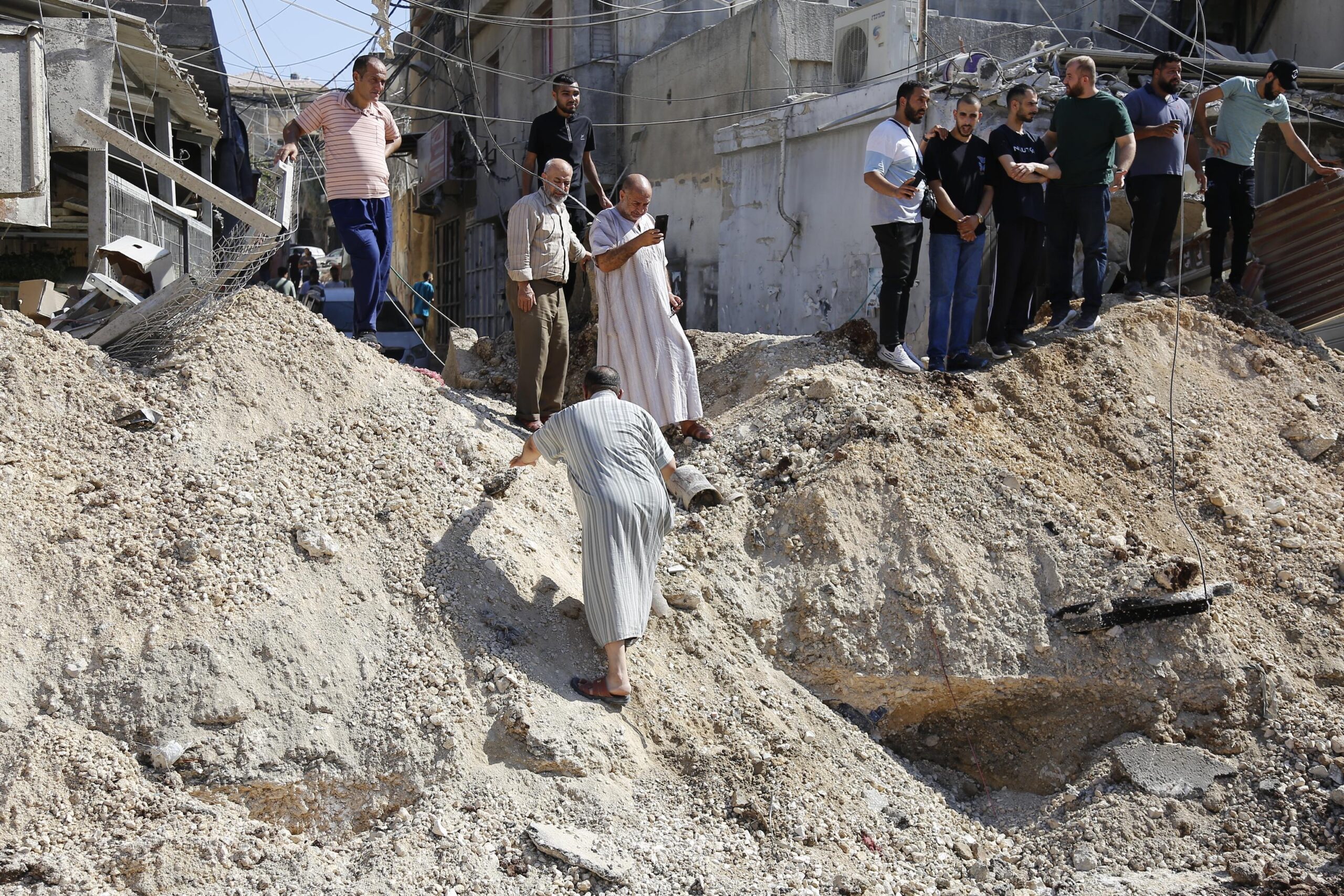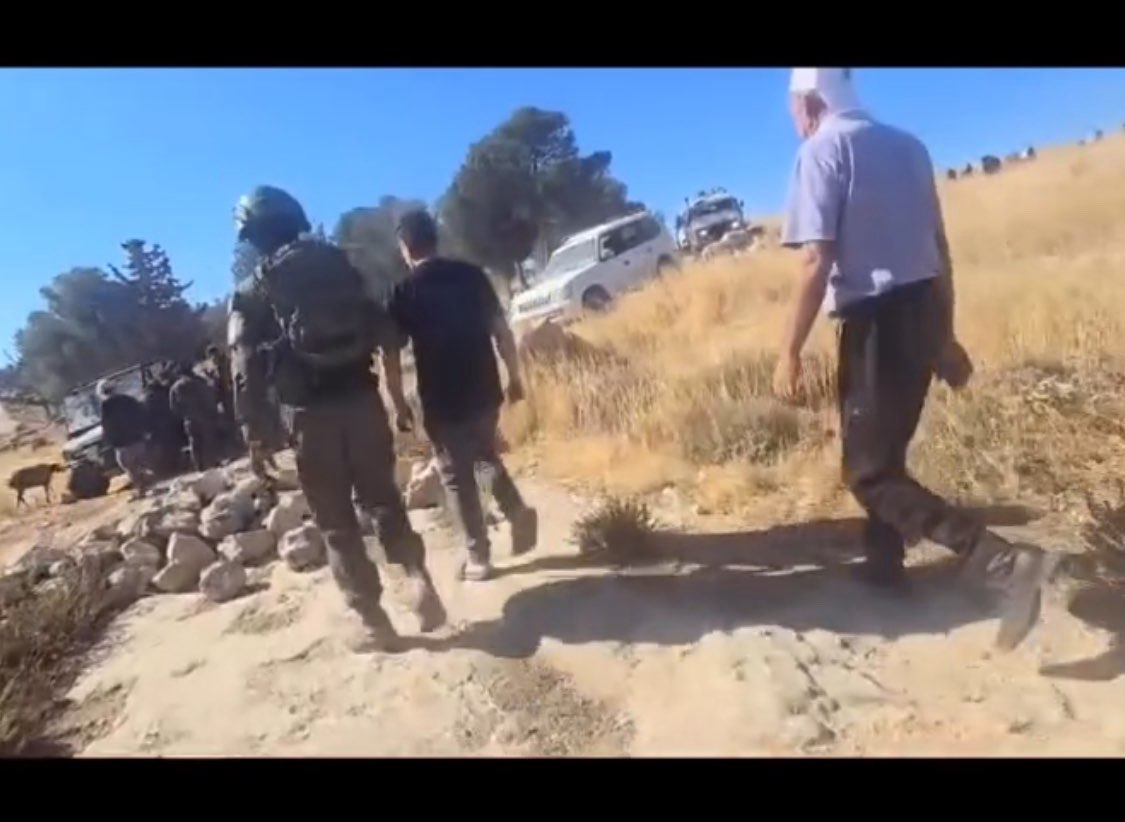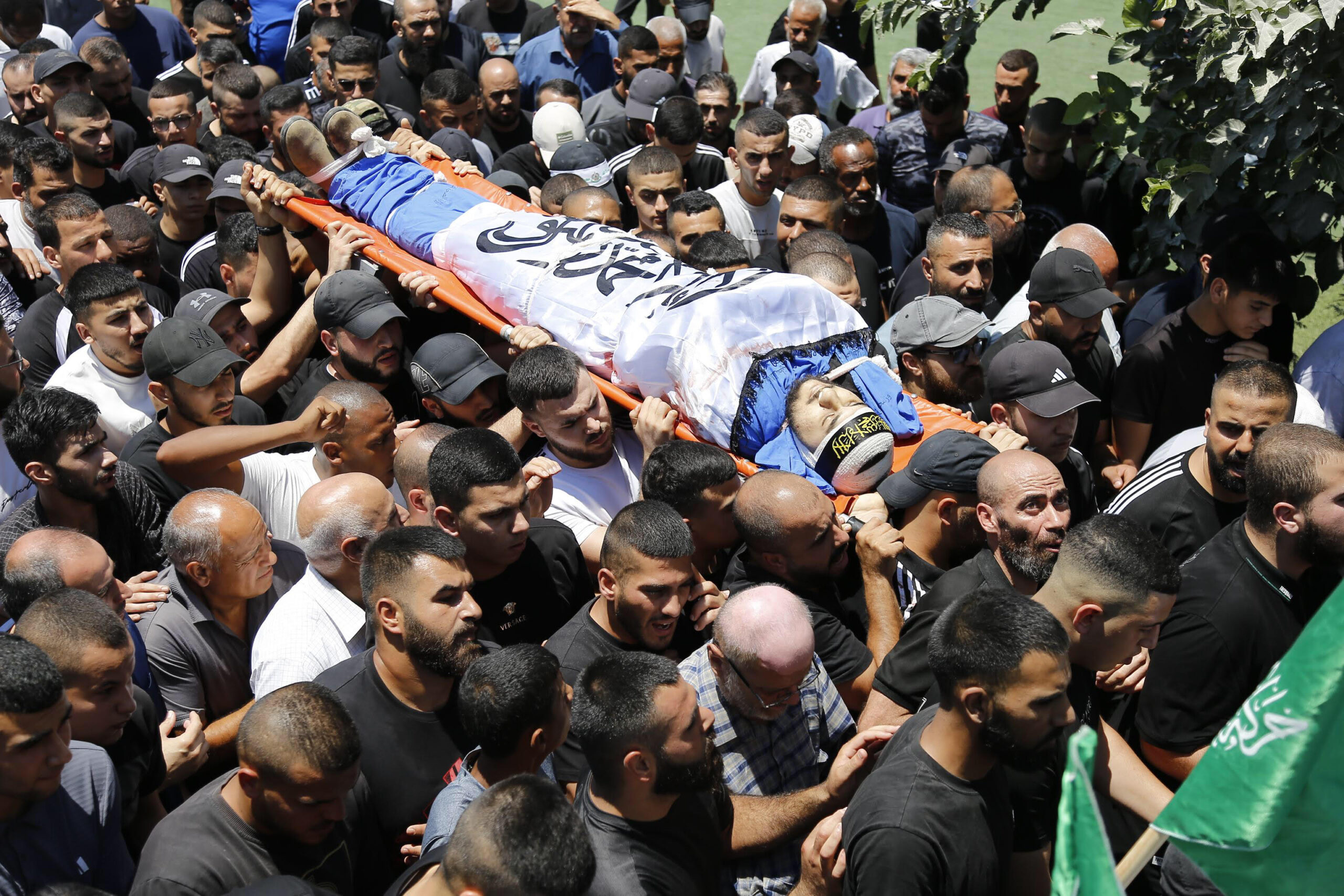-

Huge Destruction Suffered by Nur Shams Refugee Camp
*Tulkarm – Nur Shams Refugee Camp* June 9, 2024 By Diana Khwaelid* At midnight on June 9, occupation forces stormed the city of Tulkarm and stationed themselves in the Nur Shams camp, northeast of Tulkarm. A military operation that lasted for more than 13 continuous hours ensued, during which the Israeli occupation forces vandalized and […]
-

Palestinians and international human rights observers arrested in Masafer Yatta, occupied West Bank
July 7, 2024 FOR IMMEDIATE RELEASE Israeli Occupation forces arrested three Palestinians, including a 14 year old child, together with three international (including a US citizen) and one Israeli human rights observers in at-Tuwani, Masafer Yatta, in the South Hebron Hills area. This morning, armed Israeli settler shepherds invaded Palestinian land with their flocks, provoked […]
-

Nur Al Shams resident: the camp has become a ‘microcosm of Gaza’
By International Solidary Movement Ramallah, July 4, 2024 Over the past three days, Nur Shams refugee camp has faced intense fear and sadness due to recent bombings and killings by Israeli forces. The latest raid targeted four Palestinian youths, marking the fourth consecutive day of violence. On July 2nd, at around 10:30 p.m., Israeli forces […]
Action Alert An Nabi Saleh Apartheid Wall Arrests BDS Bethlehem Bil'in Cast Lead Demonstration Denial of Entry Ethnic Cleansing Farmers Gaza Global Actions Hebron House Demolition International law Israeli Army Jerusalem Live Ammunition Nablus Ni'lin Prisoner Ramallah Rubber-coated steel bullets Settlement Settlers Settler violence Tear-Gas Canister Video
